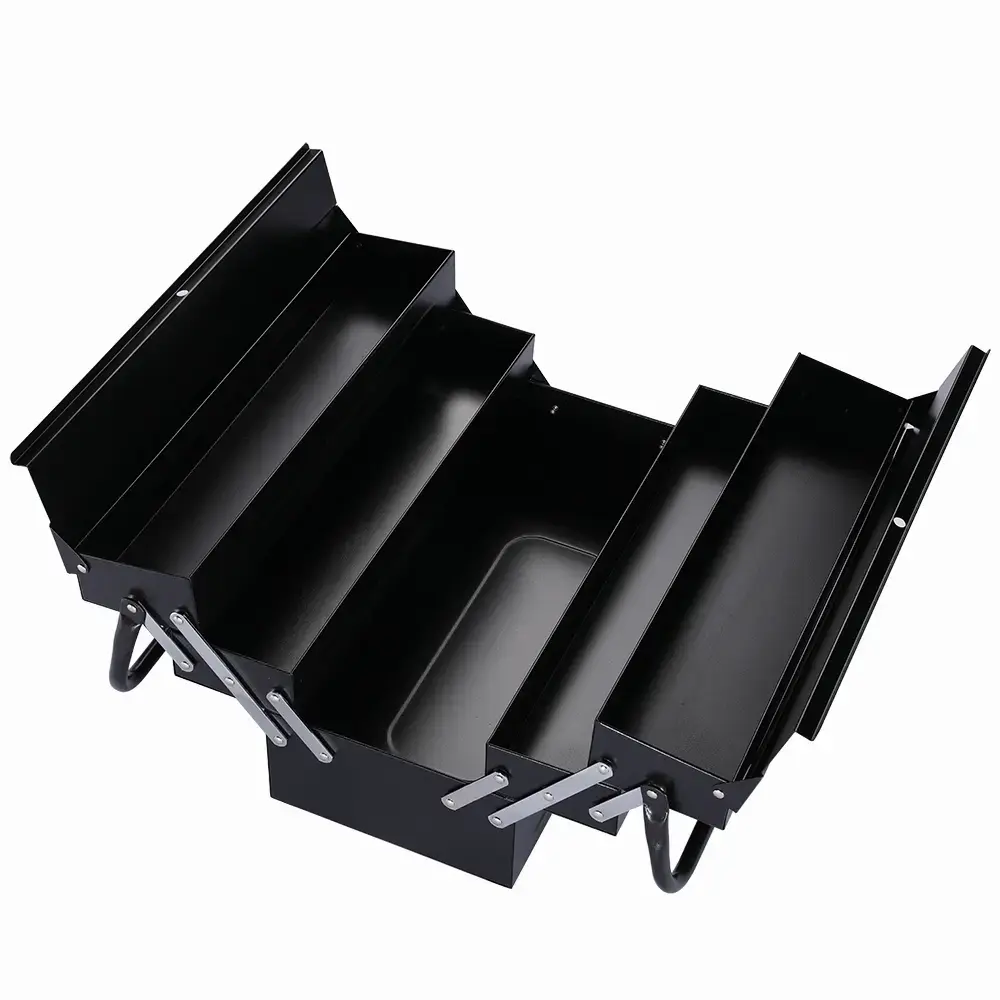How do I clean and maintain my bucket kit to maintain its performance
As a multifunctional storage and transportation tool, the bucket toolbox is widely used in construction, maintenance and home use. In order to ensure the long-term performance and service life of the bucket kit, regular cleaning and maintenance is essential. This article will detail how to clean and maintain a skip kit to keep it performing at its best.
First, clean the skip toolbox
1. Obtain cleaning tools
Before cleaning the bucket kit, prepare the necessary cleaning tools such as a soft brush, damp cloth, cleaner and rust remover. These tools will help you remove dirt and rust more effectively.
2. Remove dust and debris
Use a soft brush or damp cloth to remove dust and debris from the surface of the toolbox. For hard-to-reach areas, use an old toothbrush to clean up.
3. Deep clean
For stubborn dirt and oil stains, you can use detergent for deep cleaning. Apply the cleaner to the surface of the kit, let it sit for a few minutes, and then gently brush it with a brush to remove dirt.
4. Rust removal
If there is rust on the surface of the toolbox, it can be treated with rust remover. Soak the tool in a rust remover or vinegar solution to remove slight rust stains. For severe rust, a wire brush can be used to scrub.
5. Rinse and dry
When the cleaning is complete, rinse the kit with clean water to ensure that all cleaners and rust are rinsed away. Then wipe the kit with a clean dry cloth to make sure it is completely dry.

Second, maintain the skip toolbox
1. Check regularly
Check the parts of the toolbox regularly to ensure that they are working properly. Check whether the rotation of the wheel set is flexible, whether the fastener is loose, and whether the anti-trip latch is damaged.
2. Lubricate moving parts
Apply lubricating oil to moving parts to reduce friction and prevent rust. Make sure to use the right lubricant for the kit material.
3. Moisture and rust prevention
Store the toolbox in a dry, well-ventilated environment to avoid rust caused by moisture. If the toolbox is not used for a long time, you can apply a coat of anti-rust paint.
4. Replace the wearing parts
Regularly inspect and replace wearing parts such as wheels, bearings and seals. This helps extend the life of the toolbox.
Third, long-term maintenance
1. Create a cleaning schedule
Make a schedule for regular cleaning and maintenance to ensure the kit is always in good condition. For example, do a deep cleaning once a month and a simple wipe after each use.
2. Store properly
Store the kit in a dry, well-ventilated environment away from direct sunlight and moisture. When using the toolbox, avoid overloading to prevent damage.
3. Record the maintenance
Keep a record of each cleaning and maintenance, including the date, the detergent used, and the parts replaced. This helps track the toolkit's maintenance history and identify potential problems in time.
By cleaning and maintaining the bucket kit regularly, you can significantly extend its service life and maintain optimum performance. Using the right cleaning methods and maintenance techniques can not only improve the durability of the toolbox, but also ensure its reliability in a variety of working environments. Hopefully, the introduction of this article will help you better clean and maintain your bucket toolbox, thereby improving your productivity and safety.
If you have any further questions or need more detailed information, please feel free to contact us.
